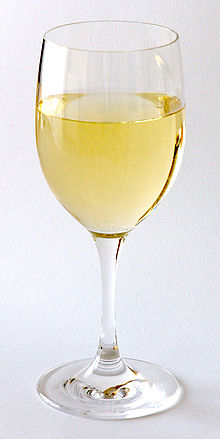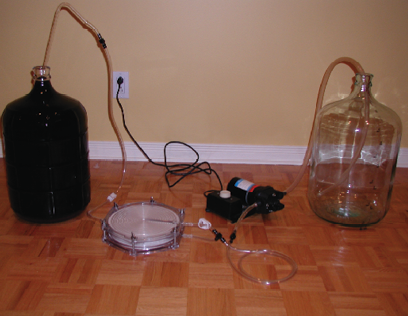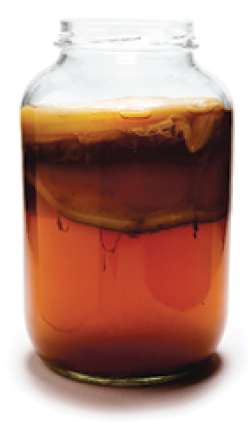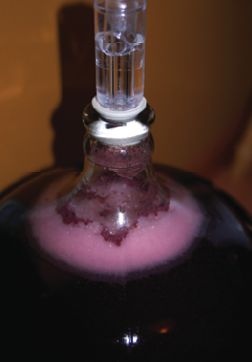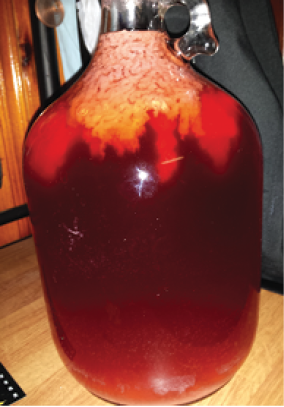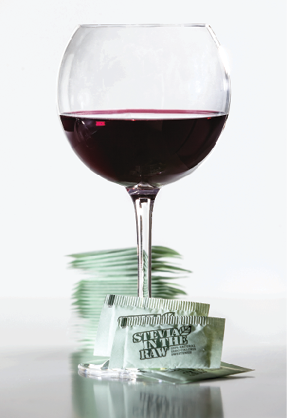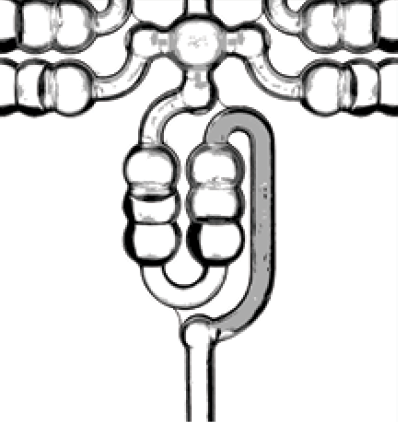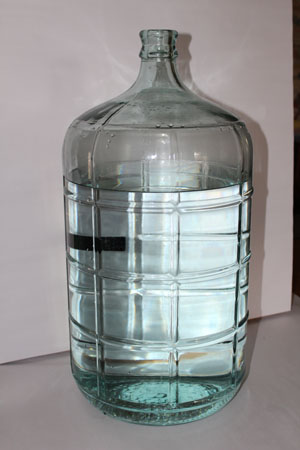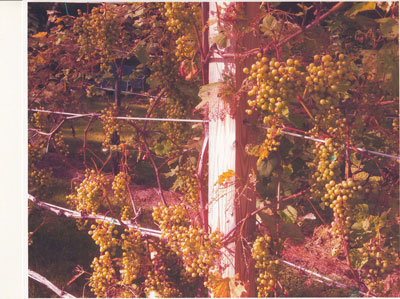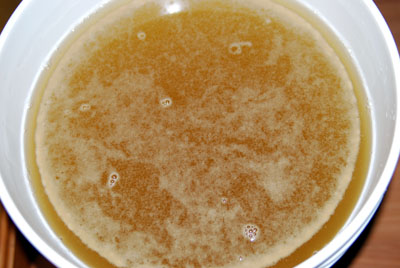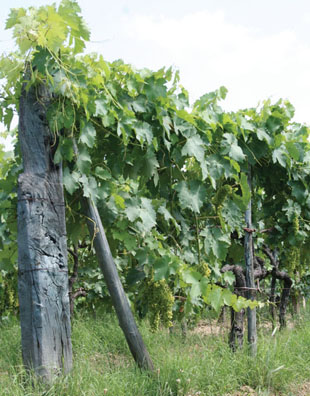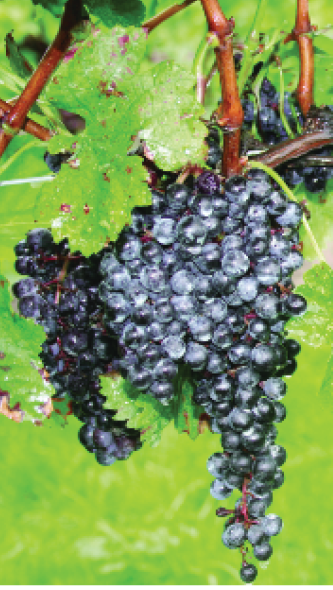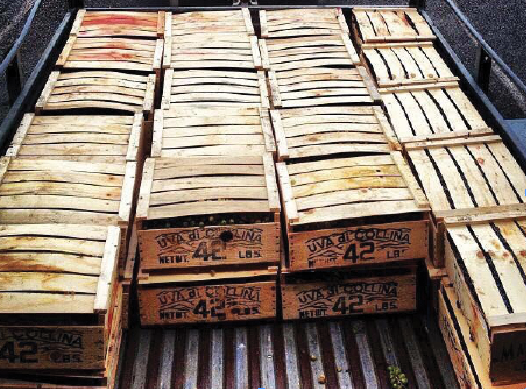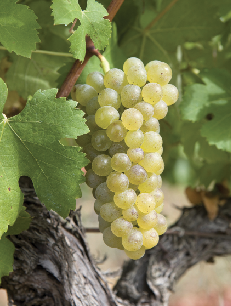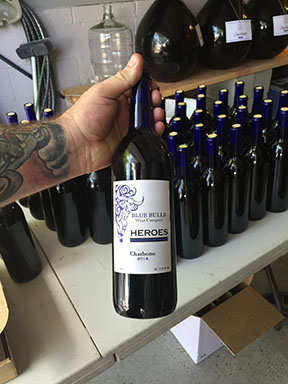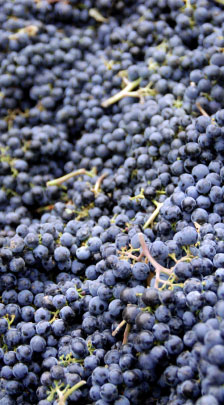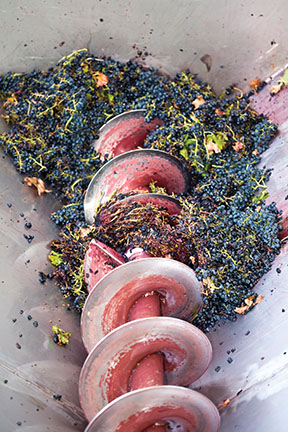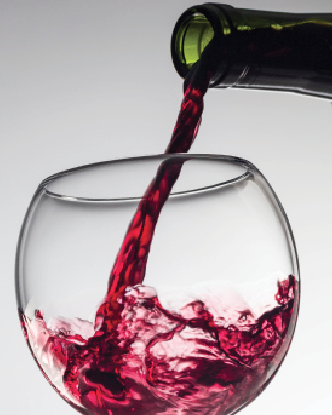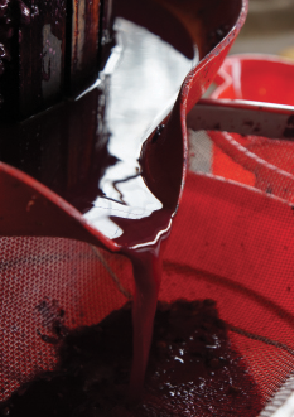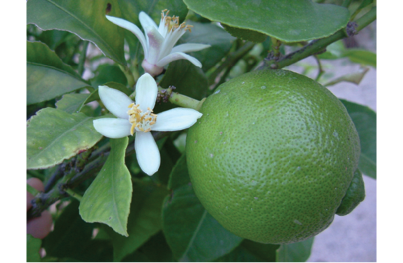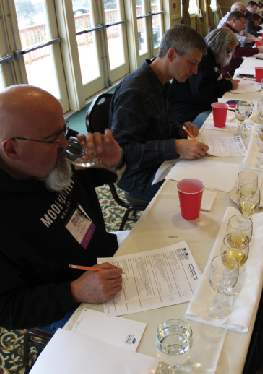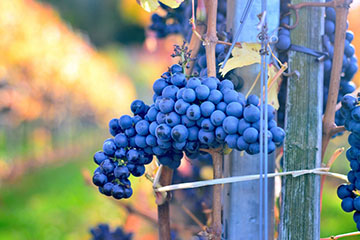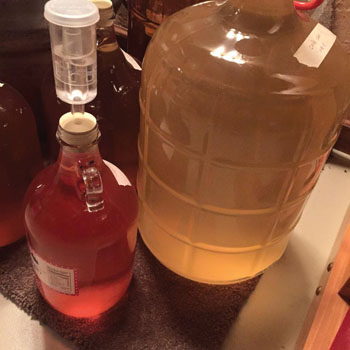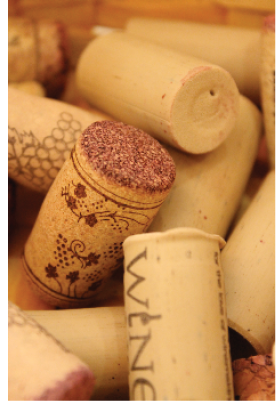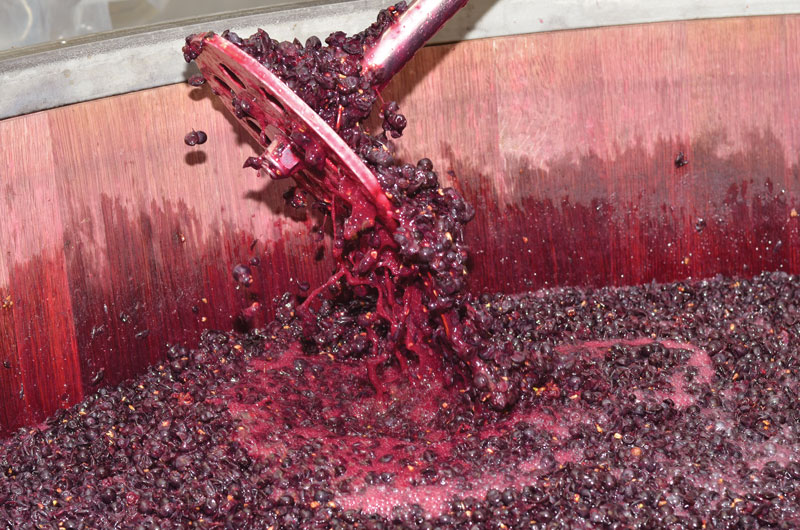Articles
Making Muscat, Battling VA, Finding Ideal SO2 Levels
No matter which strain you use, be sure that you read up on all the specifications from the manufacturer around ideal performance conditions.
Fun With Filtration, When To Harvest, and Transporting Wine
. . . a lot of sediment we find in wines actually forms after the wine is bottled, and is nothing that filtration can control.
Brett in the Winery, Hangover Myths, and Grapes In Albuquerque
Brettanomyces is often an ambient microbe in the air we breathe, but that’s no reason to go inviting concentrated and healthy stocks of it into your cellar.
Stuck Fermentations, Using Tartaric Acid, and Cooking With Wine
I find that when sugar is that low, the process of re-starting actually lowers the overall quality and you’re better off bottling slightly sweet (sterile filtered).
“Fruit Floaties”, Sweetening Wine, Free SO2 levels
Because sulfur dioxide is so easily-oxidizable, hydrogen peroxide naturally ‘finds’ the easily-oxidized SO2 and the two hopefully cancel each other out.
Alternative Sweeteners, Pomace Compost, and Stuck Fermentations
If you add some kind of sweetener that is fermentable (table sugar, grape concentrate, maple syrup, honey, etc.) you risk an uncontrolled re-fermentation in the bottle, which is never fun.
Empty Airlocks, Calculating ABV, and Transplanting Vines
Most top-scoring red wines made in the U.S. are bottled after 18–24 months in barrel.
Softened Water, High Alcohol Wine, and Tiny Bubbles
Water softeners add another wrinkle, namely because they tend to add a lot of sodium.
Japanese Beetles, Freezing Grapes, and Adjusting Aged Wine
A really innovative and completely natural way to control Japanese beetles is to implement a longer-term biological control program utilizing one of the insect’s natural enemies, the ‘milky spore’ bacteria.
Fermentation Troubles, Natural Fining, and Get Your Swirl On
Some home winemakers cool down must ferments by freezing gallon water jugs and tossing them (closed tightly) into fermenting totes, bins or trash cans of must during a punchdown.
Understanding “Degree Days”, White Film on Wine, and Glass vs. Wood
Q Is there any wine grape that can be successfully grown in an area with a heat summation of 1,200? I am near the Pacific Coast and summers are not very warm,
Topping Up Your Wine
What does “topping up” mean and when should it be done?
Importing Juice vs. Fresh Grapes, Wild Fermentations, Sediment In The Bottle
I prefer to have as much information as I can about where my raw material is coming from, and being able to handle the actual grapes is one way to help you get there.
Your First Lug of Grapes
Buying your first lug of grapes can be intimidating, but it does not need to be. Get some pointers before committing to your first box of grapes.
Versatile Viognier
It was not long ago that Viognier was almost an extinct grape varietal. Luckily for wine fans, both grape growers and winemakers have learned some tricks to unlock this grape’s true potential.
Meet the Blue Bulls Wine Co.
Meet the Blue Bulls Wine Company, a group of New Jersey-based career first responders who also like to dabble in the art of winemaking. If you mess with these bulls, you may get a horn . . . of wine?
Cherry Picking Grapes
A good grape sorter is fast, efficient, and always with a keen eye towards prioritizing what grapes to use and what grapes to discard. Alex Russan walks winemakers through some of the crucial keys to being a good sorter.
Crushing Grapes
Supposedly there are many ways to skin a cat, but we’re not familiar with any of them. Luckily for winemakers, Bob Peak knows many ways to crush a grape, and is willing to explain.
Cabernet Sauvignon: Master Class
Grab a seat, take out your pencil, and get ready for an introduction into the master class on the world’s most popular grape. Guest lecturers include three experts on making Cabernet wines.
Making the Cut
Press cuts give the winemaker more blending options to create a wine precisely as it was envisioned. Learn if, and when, press cuts may benefit your winemaking.
When Life Gives You Limes Make Wine, Re-Fermentation, and The Value Of A Vineyard
You could also try to take your lime wine and see what other kind of fun beverages you could make with it as a mixer . . .
2018 WineMaker Magazine International Amateur Wine Competition Recap
An overview of this year’s competition, which included 2,299 entries from winemakers in six countries, 48 American states, and 5 Canadian provinces.
A Walk Alongside Ripeness
How ripe your grapes are when picked is one of the most important factors in determining what your wine will taste like. Here is a closer look at how a grape’s development affects the resulting wine.
Color Loss in Candy Cane Wine, 23-year-old Concord, Deprived Vines, and Maple Wine
Because of their chemical composition under wine pH (acidity) and fermentation conditions it’s quite possible these color compounds won’t stay red, or in solution, very long.
Moldy Odor In My Wines, Calculating Molecular SO2, Brown (Red) Wine
TCA, or the “corked” off-aroma, is caused by ambient molds interacting with a chlorine molecule of some kind, usually from domestic water supply.
